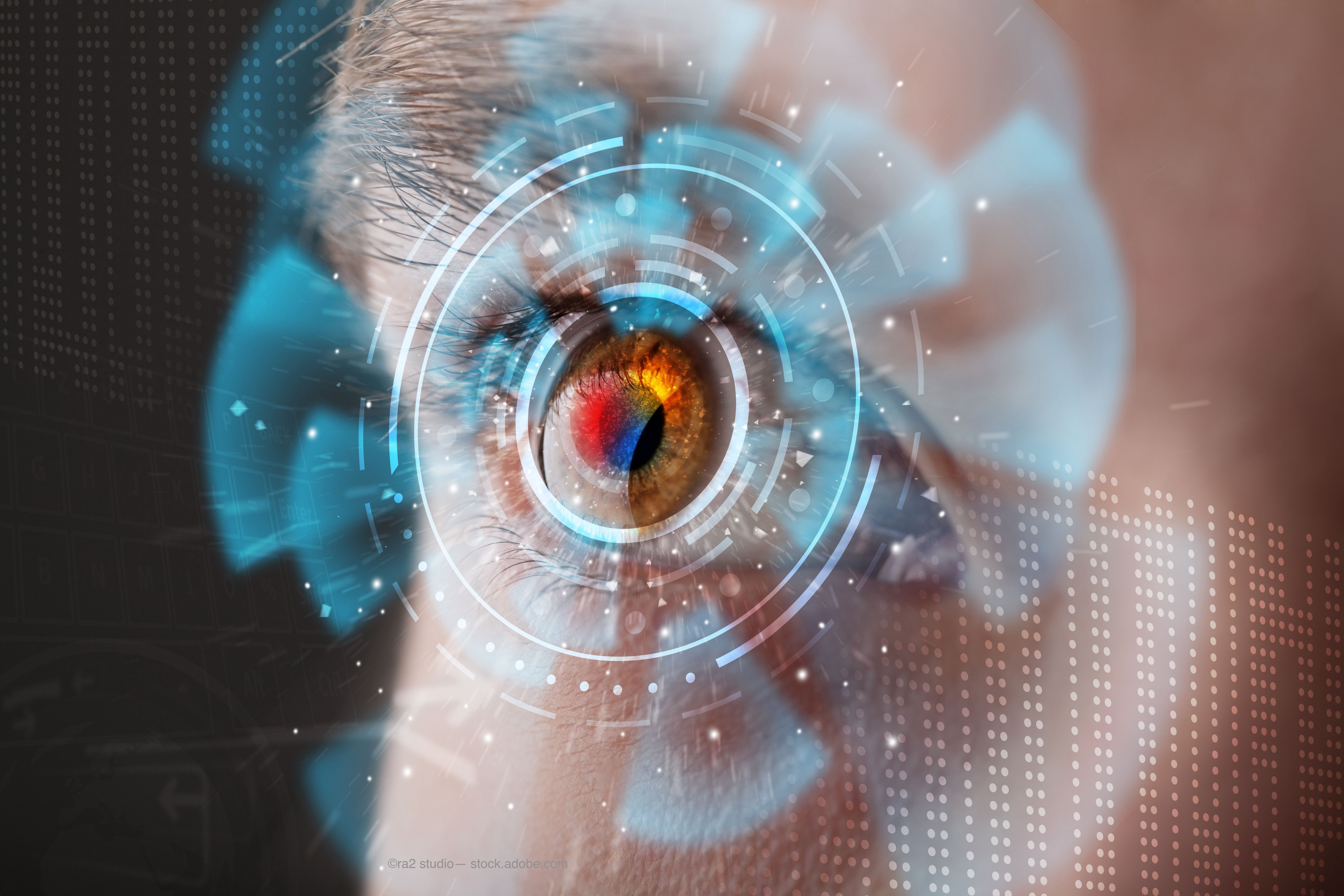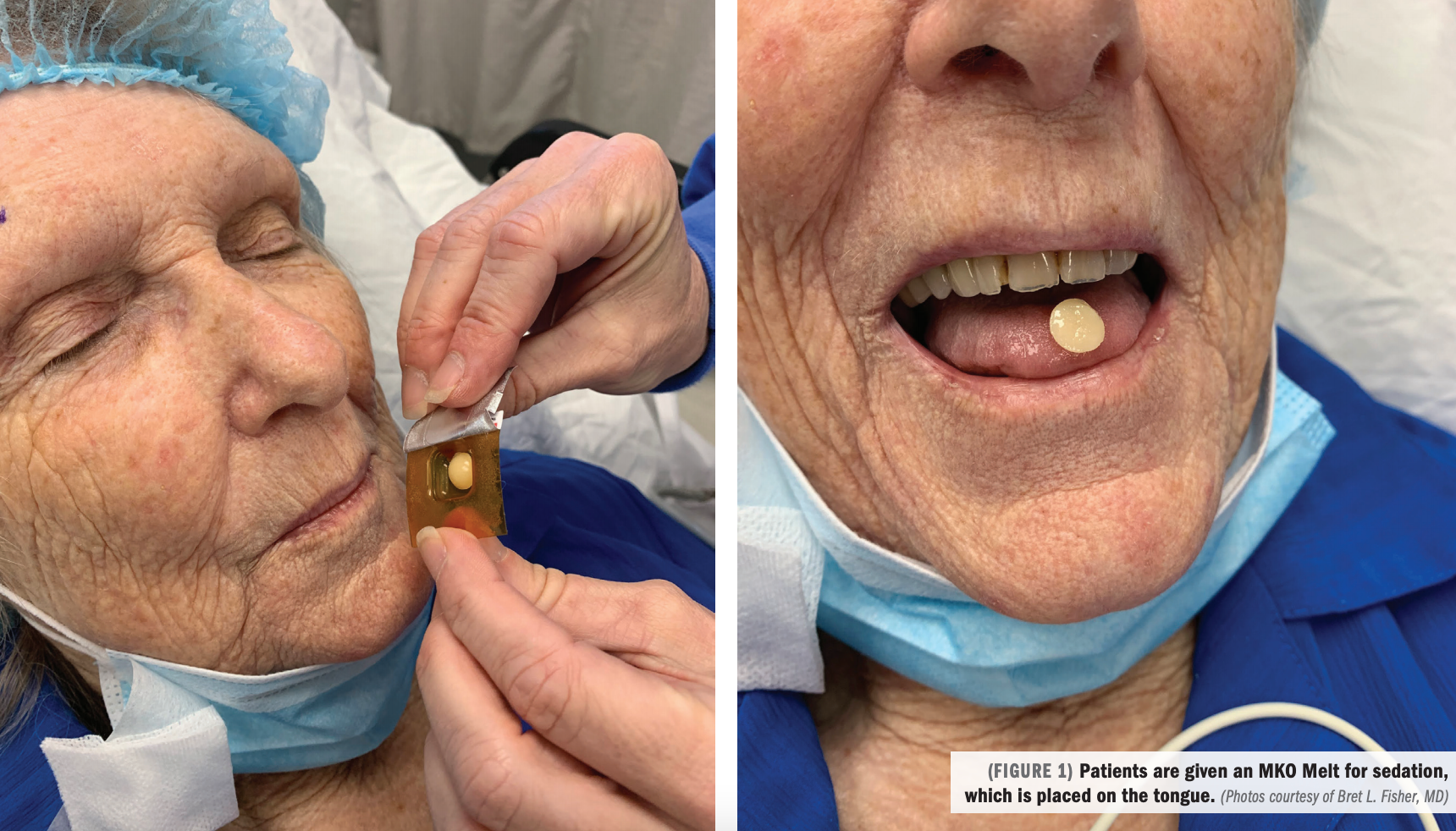Article
Crystalens update reports improved vision outcomes, possible new mechanism of action
Lisbon, Portugal - Recent data on the crystalens accommodating IOL (eyeonics) indicate there is a slight-but-noticeable improvement in distance and near visual performance as follow-up is lengthening. The results also suggest an additional mechanism of action may account for the better-than-expected near vision outcomes being seen in some patients, said Steven Dell, MD.
Lisbon, Portugal - Recent data on the crystalens accommodating IOL (eyeonics) indicate there is a slight-but-noticeable improvement in distance and near visual performance as follow-up is lengthening. The results also suggest an additional mechanism of action may account for the better-than-expected near vision outcomes being seen in some patients, said Steven Dell, MD.
Dr. Dell, a private practitioner from Austin, TX, United States, reported that a retrospective review of data from the FDA clinical trial shows that proportions of patients achieving excellent levels of near and distance acuity are higher at 3 years than at 1 year. The 3-year results for the cohort of patients who underwent binocular implantation show 97% are seeing 20/25 or better uncorrected at distance; 97% have J2 or better uncorrected near acuity; 67% have J1 or better uncorrected near acuity; and 94% have J2 or better near vision through distance correction.
Tracey wavefont studies performed by Dr. Dell in a small subset of eyes confirmed a previous report showing induction of central astigmatism in many patients during near fixation. Computer modeling he conducted indicated that when subjected to a posterior force, the crystalens optic, which is small and thin, would bend and deform with a gradient such that the center moved most and anteriorly while the edges moved very slightly and posteriorly.
“The wavefront maps obtained in patients during near testing seem to be a manifestation of this deformation of the optic,” Dr. Dell said. “Based on these findings, it seems possible that the lens may rest in a nontilted state during distance fixation, but in some cases may shift forward asymmetrically with accommodation, perhaps resulting in tilt and astigmatism at near.
“This movement may explain why some patients are seeing better at near than would be expected based on the traditional mechanism of action theory that proposes there is forward axial movement of the optic during accommodation in response to increased vitreous pressure,” he added. Dr. Dell has a financial interest in this product.
Newsletter
Don’t miss out—get Ophthalmology Times updates on the latest clinical advancements and expert interviews, straight to your inbox.





